During the Russo-Japanese War (1904–05), the Japanese government sent postcards of beautiful Japanese women, bijin ehagaki (美人絵葉書), to soldiers to motivate them. Publishers continued to print them well into the 1920s. Here’s some eye candy.
The models of these bijin ehagaki were generally geisha. Even the women modeling swimming suits. Some of the era’s most celebrated geisha posed for bijin ehagaki. Fans would line up when new cards of an especially popular geisha were published.
Although ukiyoe had celebrated actors and the prostitutes of Yoshiwara, this was the birth of the modern manifestation of the gravure idol (グラビアアイドル) phenomenon. Geisha were Japan’s first pinup girls.
Everything came together. Newspapers had been around for a few decades and had learned the interests of the general public, new printing technology made low-cost illustrated magazines and photography (in the form of postcards) possible.
And all of this new information technology could now be widely distributed by a modern postal system launched in 1871 (Meiji 4), and modernized with trains and steamships, while new bridges and roads allowed faster wheeled transportation.
There were frequent features, gossip columns and scandals about these women, and everybody was interested in their love life.



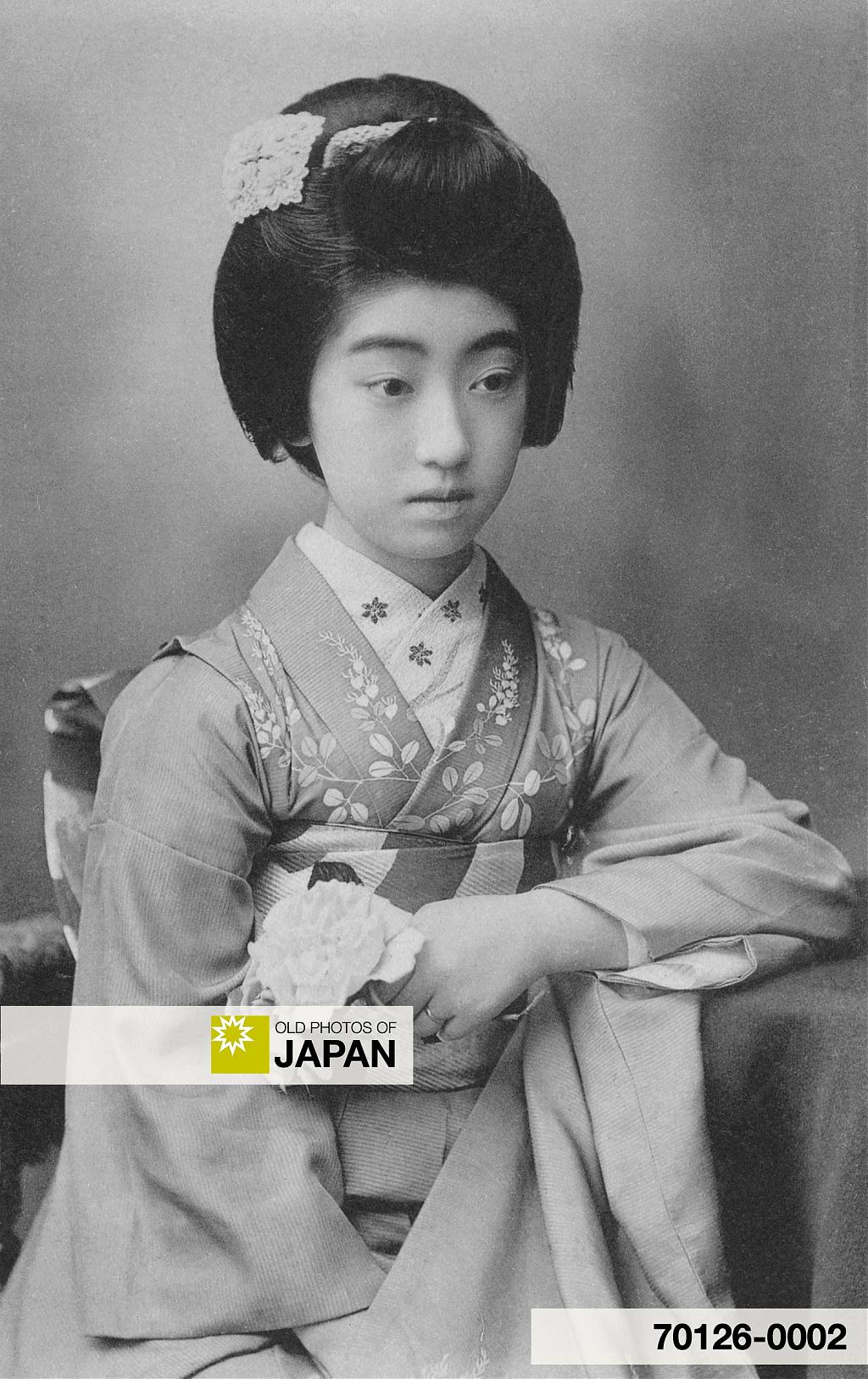
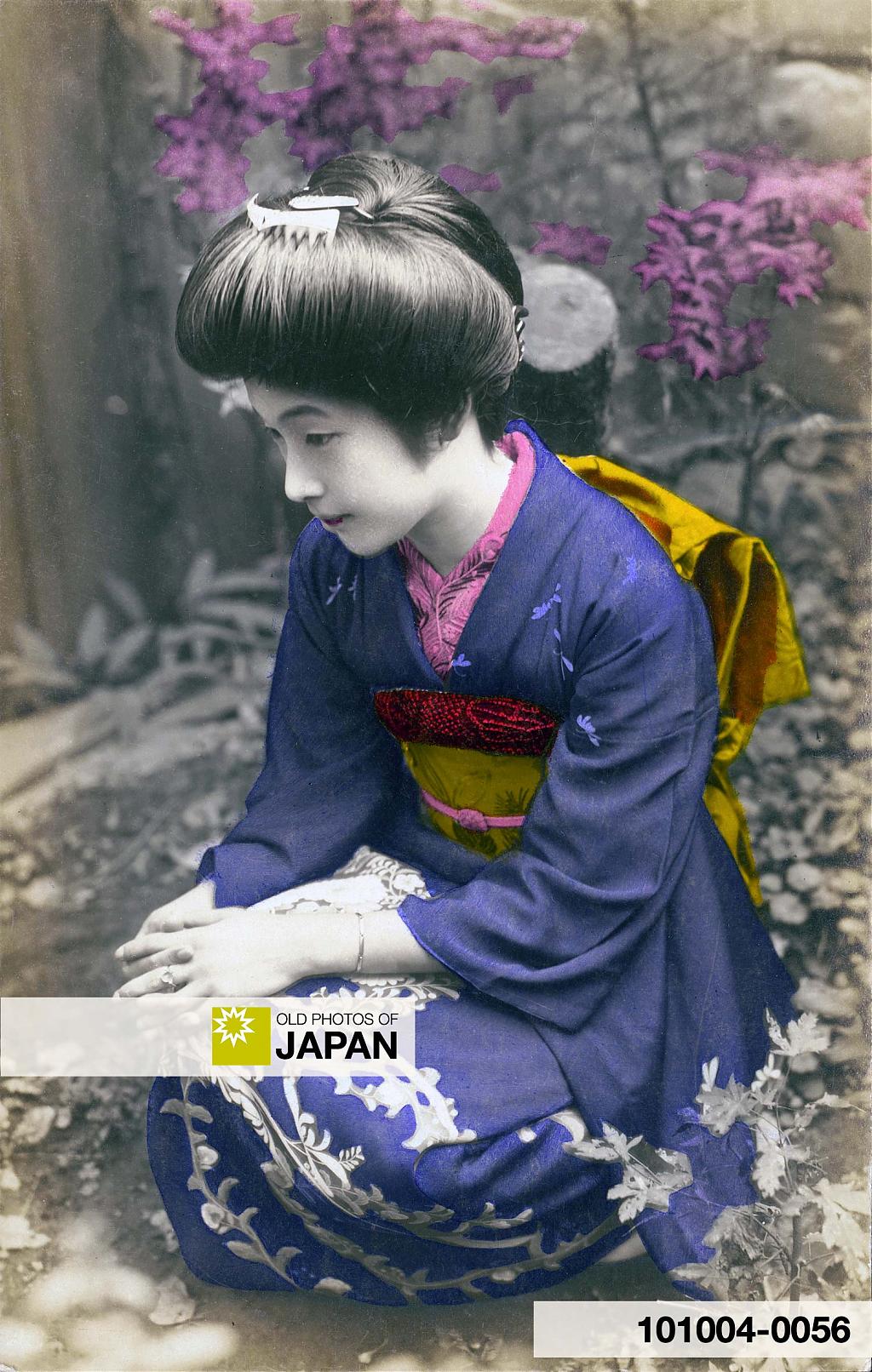


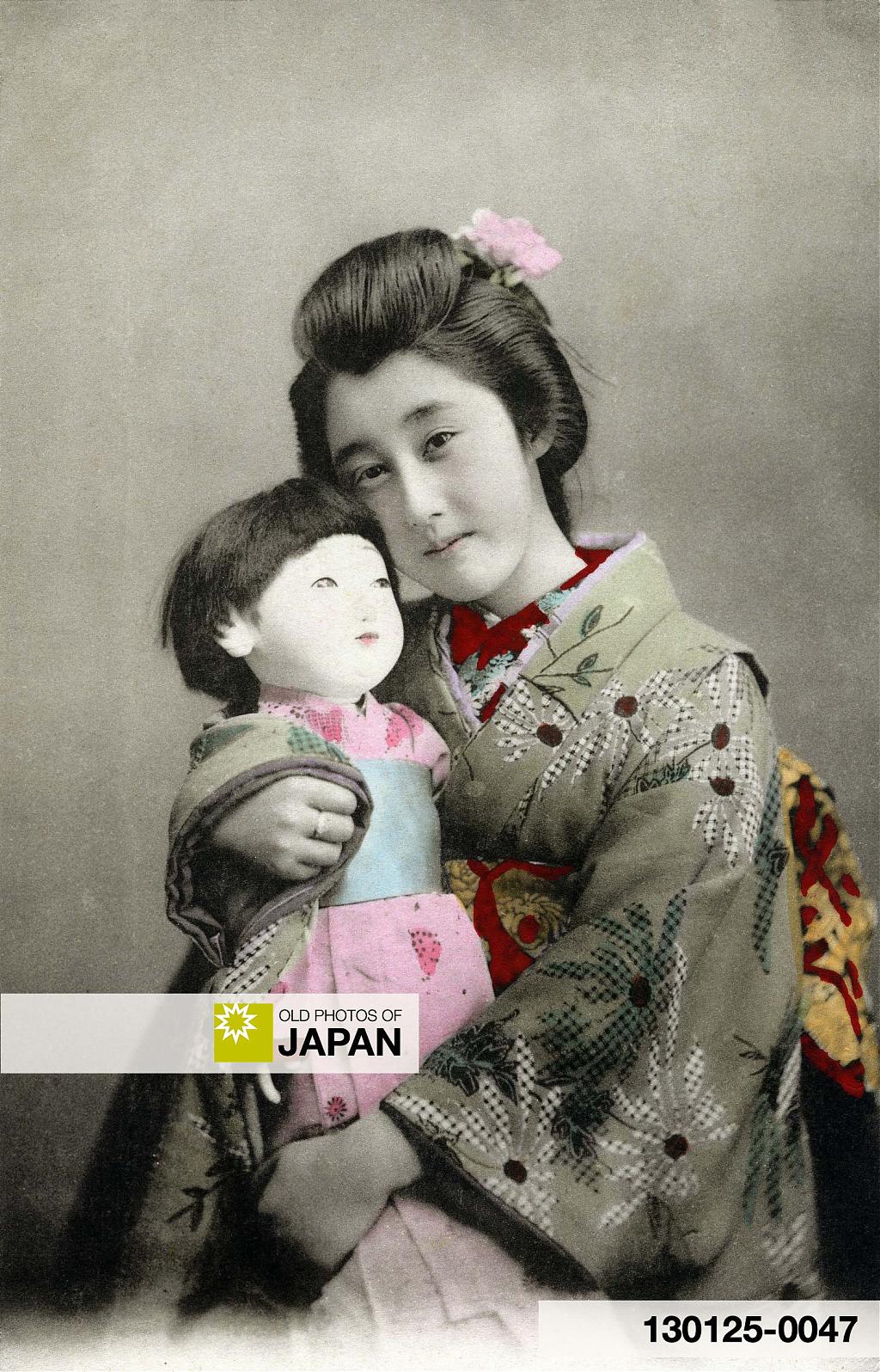
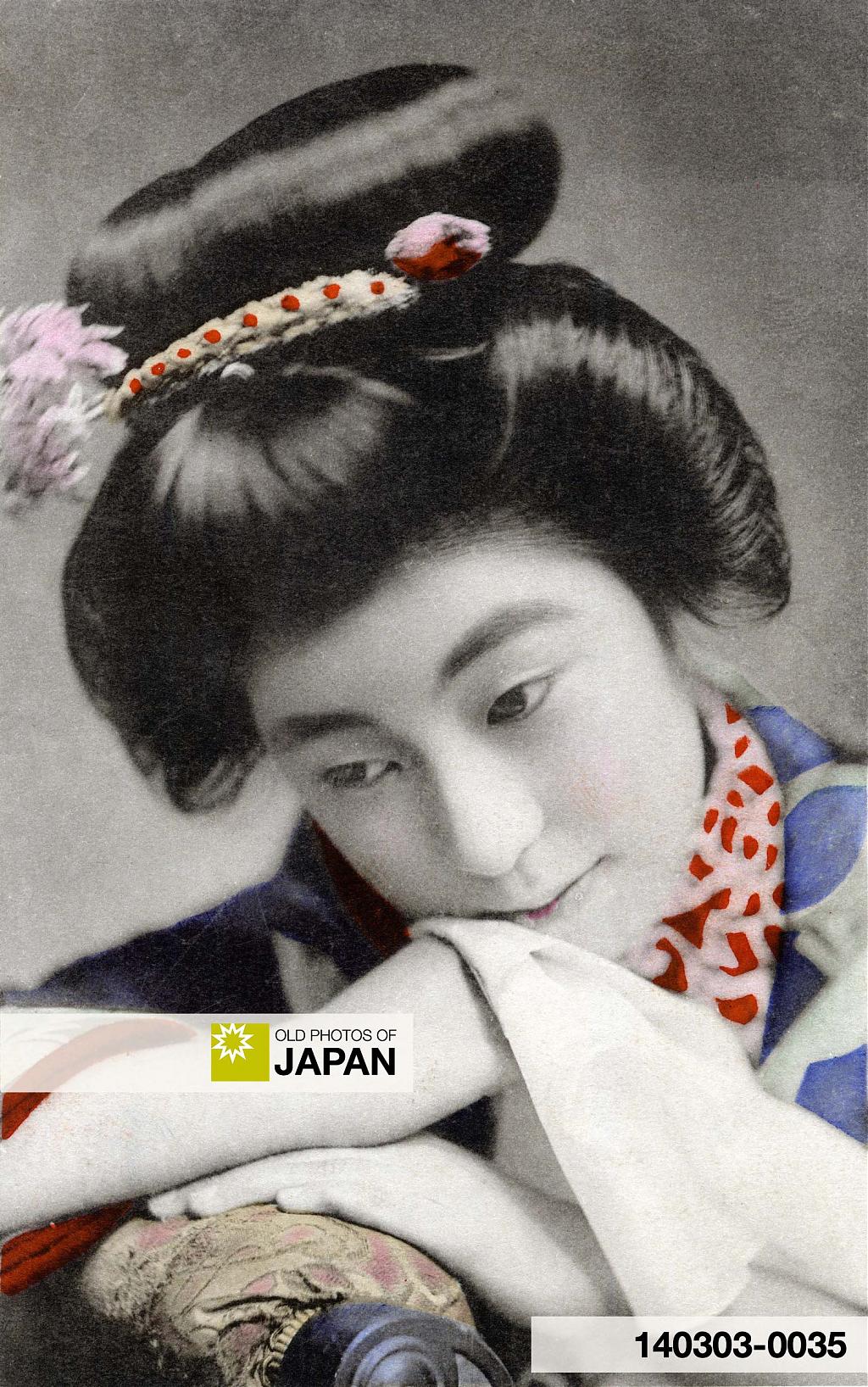

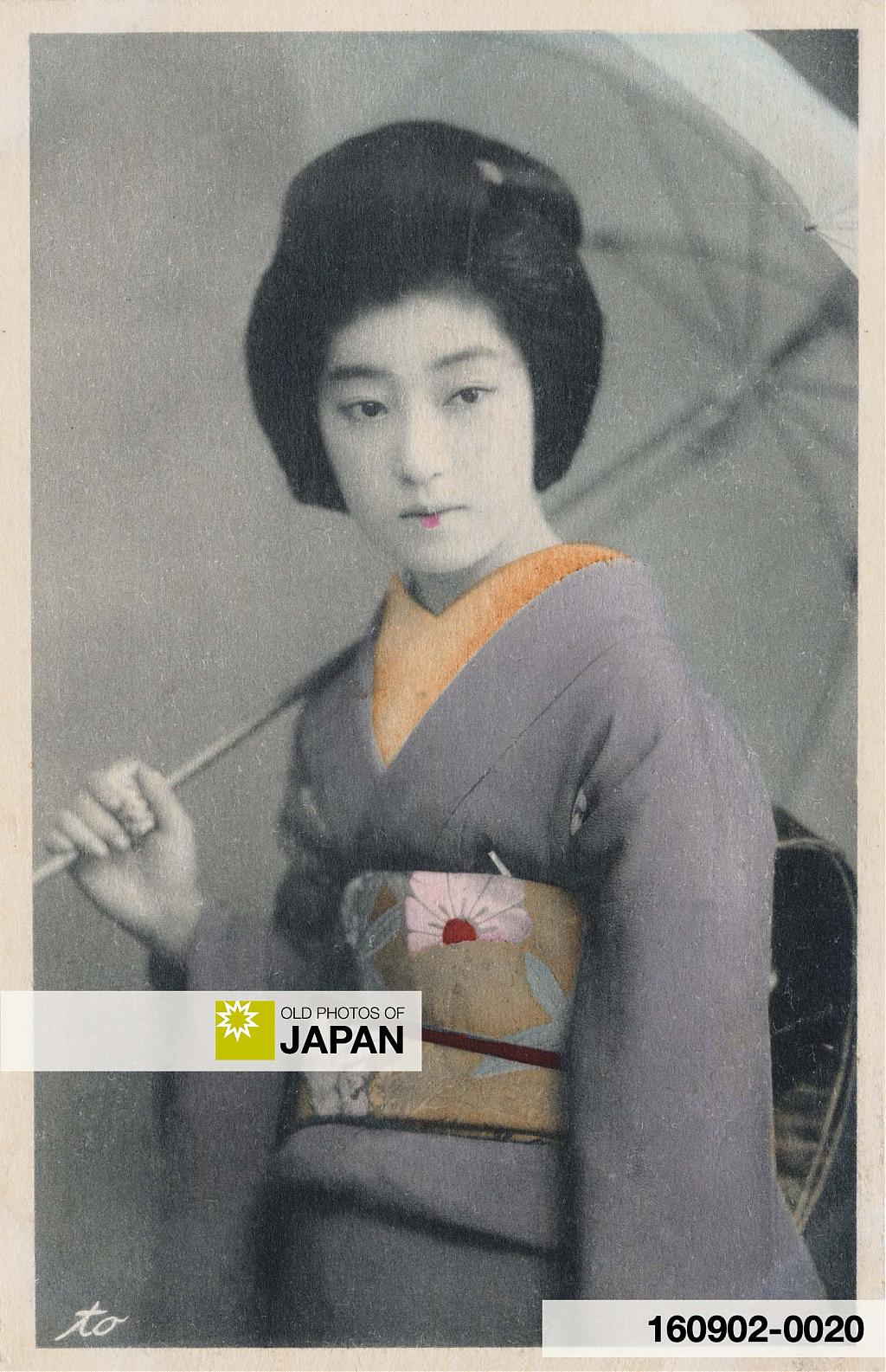




For a brief discussion of the term bijin, please read Woman with Rose.
Published
Updated
Reader Supported
Old Photos of Japan aims to be your personal museum for Japan's visual heritage and to bring the experiences of everyday life in old Japan to you.
To enhance our understanding of Japanese culture and society I track down, acquire, archive, and research images of everyday life, and give them context.
I share what I have found for free on this site, without ads or selling your data.
Your support helps me to continue doing so, and ensures that this exceptional visual heritage will not be lost and forgotten.
Thank you,
Kjeld Duits
Reference for Citations
Duits, Kjeld (). 1910s: Geisha Postcards, OLD PHOTOS of JAPAN. Retrieved on December 12, 2025 (GMT) from https://www.oldphotosjapan.com/photos/883/vintage-geisha-postcards-early-20th-century




There are currently no comments on this article.